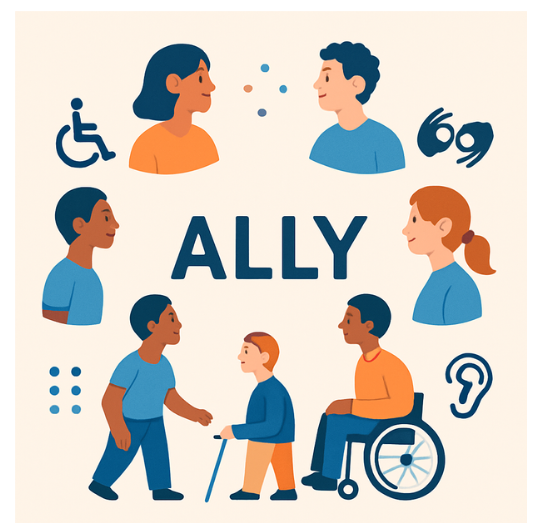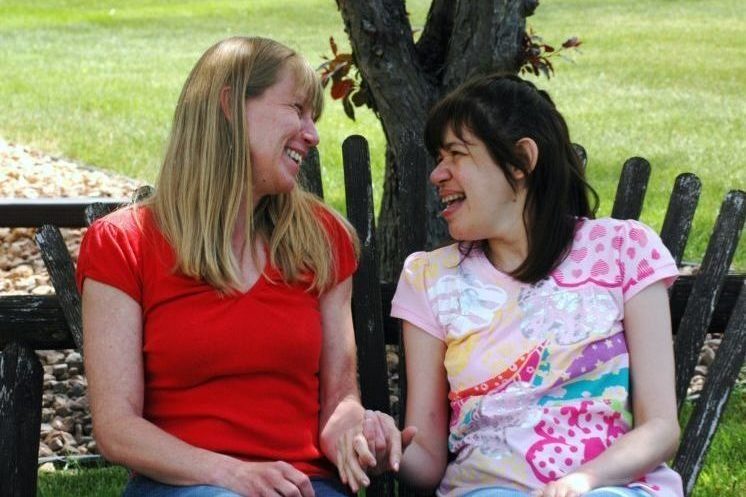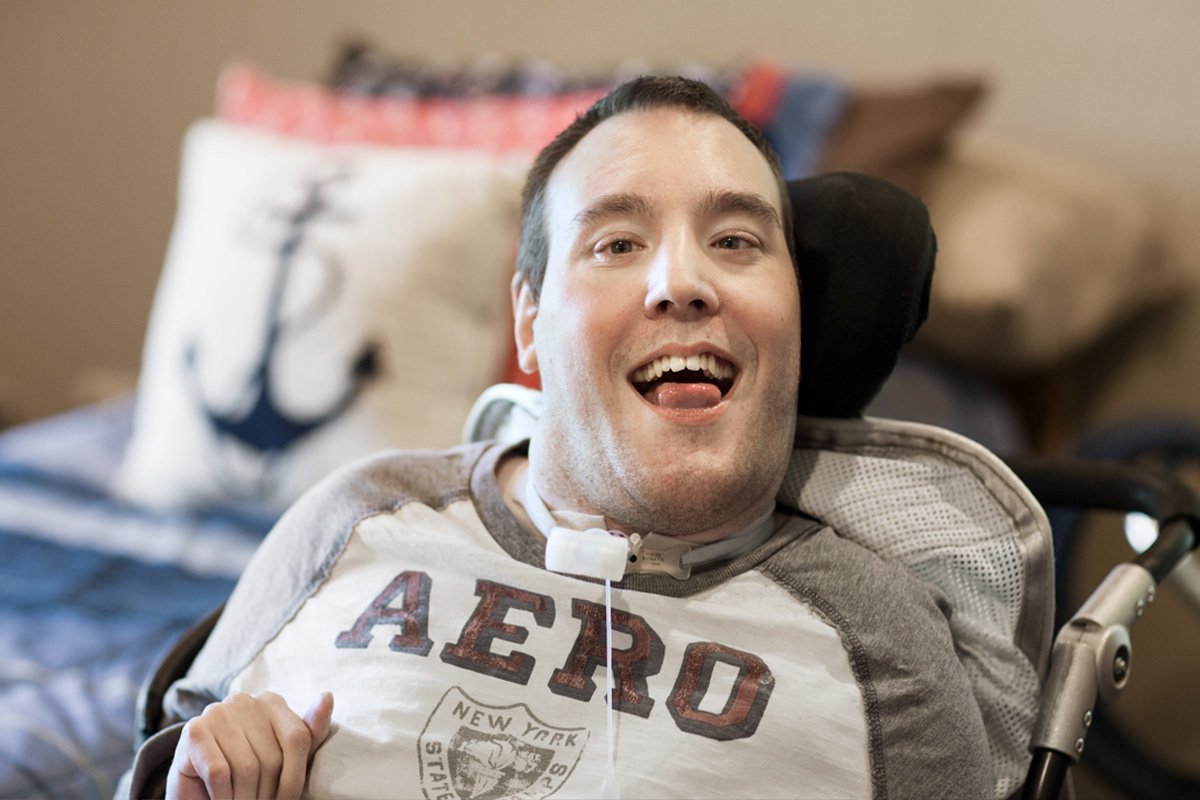What Does Being an Ally Mean in the Disabilities Community?
September 19, 2025

Introduction
Being an ally to the disabilities community means more than offering sympathy or good intentions. It is about advocating for accessibility, challenging ableism, and ensuring that the voices of people with disabilities are centered in every conversation. True allyship is active—it transforms awareness into action, and support into meaningful change.
Understanding Allyship in the Disabilities Community
Allyship in this context is about recognizing the barriers—both visible and invisible—that people with disabilities face every day. These barriers include physical inaccessibility, lack of accommodations, stigmas, and systemic discrimination.
An ally does not claim to speak for people with disabilities, but instead listens, learns, and amplifies their voices. It’s about acknowledging your own privilege, understanding that you may not fully grasp their lived experience, and committing to stand alongside them in their fight for equity.
What Disability Allies Do
Here are key actions that define meaningful allyship with the disabilities community:
-
Promote Accessibility: Advocate for accessible spaces, materials, and technologies (such as ramps, captions, screen readers, and flexible work environments).
-
Challenge Ableism: Speak up against discriminatory practices, stereotypes, or language that marginalizes people with disabilities.
-
Educate Yourself: Learn about disability rights laws (such as the ADA), inclusive practices, and disability-led movements—without expecting people with disabilities to do the teaching for you.
-
Amplify Disabled Voices: Share writings, speeches, and leadership from people with disabilities, ensuring they are heard and centered.
-
Respect Individuality: Recognize that disability experiences are diverse—no single story represents all.
-
Practice Everyday Inclusion: From inviting accessibility input at work to ensuring events and content are inclusive, take steps that normalize inclusion.
Why Disability Allyship Matters
People with disabilities make up more than 15% of the world’s population, yet their needs are often overlooked. Strong allies help dismantle barriers and foster a culture where accessibility is not an afterthought but a priority.
By standing with the disabilities community, allies create ripple effects—encouraging workplaces to adopt inclusive practices, policymakers to prioritize accessibility, and communities to embrace equity as the norm.
Conclusion
Being an ally to the disabilities community is not about perfection—it’s about consistent commitment. It’s listening with empathy, advocating with intention, and showing up when it counts.
Your voice, your actions, and your choices can help build a society where every person—regardless of ability—has the freedom and opportunity to thrive.
The real question is: How will you use your allyship to break down barriers today?


